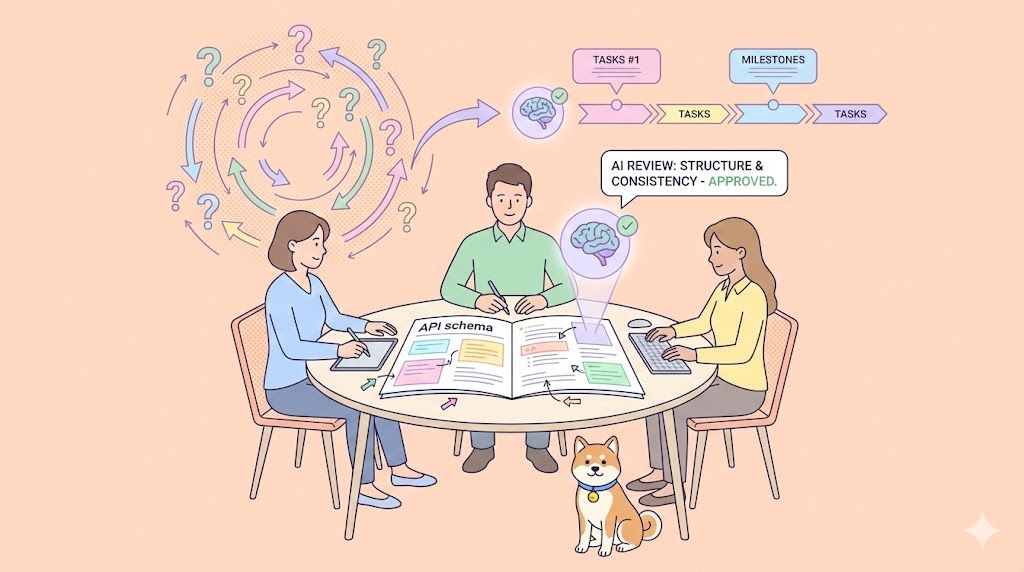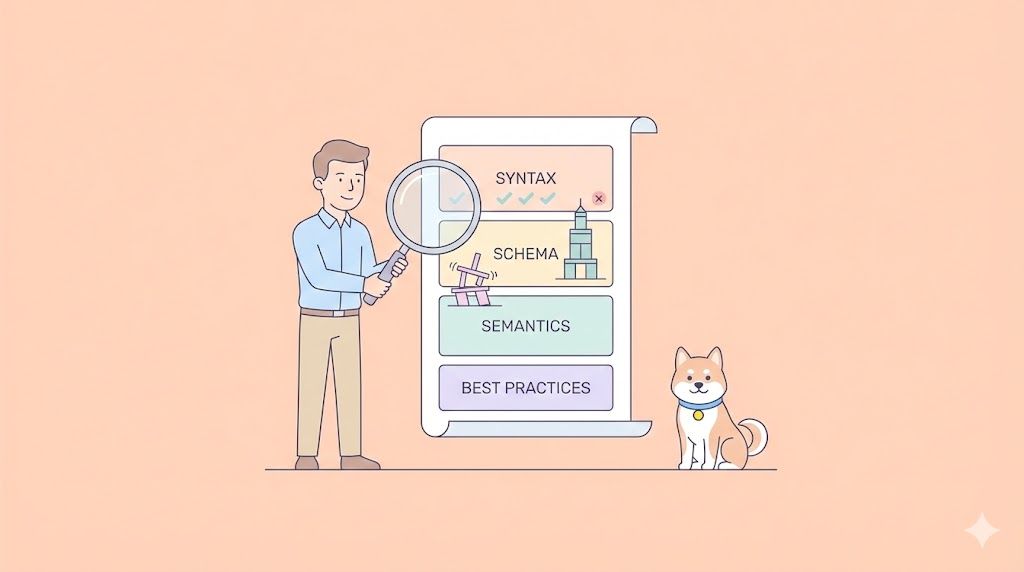Running Cursor on your phone is now a reality, transforming how developers interact with AI coding tools on the go. This technical guide will walk you through the process, ensuring you can leverage Cursor's capabilities from anywhere.
Understanding Cursor's Mobile Revolution
Cursor Web offering works on desktop or mobile, enabling you to create background agents that can edit and run code for you asynchronously, from anywhere. This breakthrough eliminates traditional barriers between desktop development environments and mobile accessibility.

The technical architecture behind Cursor's mobile implementation leverages Progressive Web App (PWA) technology. PWAs provide native app experiences through web browsers, combining web flexibility with native performance characteristics. Consequently, developers gain access to sophisticated AI coding assistance without installing resource-intensive applications.
Technical Architecture of Cursor Mobile
The underlying infrastructure supporting Cursor's mobile functionality utilizes cloud-native computing principles. Server-side processing handles computationally intensive AI operations, while mobile clients manage user interface interactions and real-time communication.

WebAssembly (WASM) technology enables high-performance code execution within mobile browsers. Additionally, service workers manage offline functionality and background synchronization. These technical components ensure responsive performance regardless of network conditions or device specifications.
Modern mobile browsers support advanced web APIs that Cursor leverages effectively. File system access APIs enable direct repository manipulation, while clipboard APIs facilitate seamless code sharing. Moreover, push notification APIs keep developers informed about agent task completion and collaboration updates.
Setting Up Cursor on Mobile Devices
Installing Cursor on mobile devices requires specific configuration steps that differ from traditional app installations. The Progressive Web App approach provides installation flexibility while maintaining security standards.
First, navigate to cursor.com/agents using your mobile browser. Chrome, Safari, Firefox, and Edge all support PWA installation with varying user interfaces. The installation process automatically configures local storage, notification permissions, and offline capabilities.
iOS users can install Cursor PWA by accessing the Share menu and selecting "Add to Home Screen." Android users typically see an installation banner or can access installation options through the browser menu. These installations create home screen shortcuts that launch Cursor with native app characteristics.
After installation, synchronization with existing Cursor accounts happens automatically. Cloud-based authentication ensures seamless access to repositories, projects, and collaboration features across all devices. Additionally, agent configurations transfer between platforms without manual intervention.
Core Features Available on Mobile
Agents on web and mobile can write code, answer complex questions, and scaffold out your work. The mobile implementation preserves essential development capabilities while optimizing for touch interfaces and smaller screens.
Background task execution represents a significant mobile advantage. Developers can initiate bug fixes, feature implementations, or code analysis tasks and continue other activities. Push notifications alert users when tasks complete, enabling efficient multitasking workflows.
Repository management functionality includes branch operations, commit history review, and merge conflict resolution. Touch-optimized interfaces make these operations intuitive on mobile devices. Swipe gestures, pinch-to-zoom, and long-press actions provide natural interaction patterns for complex development tasks.
Code review capabilities extend beyond simple text viewing. Syntax highlighting, diff visualization, and inline commenting work seamlessly on mobile displays. Split-screen modes allow simultaneous code and documentation viewing, maximizing screen real estate utilization.
Advanced Mobile Development Workflows
Professional development workflows adapt naturally to mobile environments with proper tooling integration. Cursor's mobile implementation supports complex project architectures, multi-repository management, and team collaboration scenarios.
Slack integration enables seamless communication between mobile and desktop workflows. Get Slack notifications when tasks complete and trigger agents with "@Cursor" in Slack conversations. This integration creates continuous development cycles where mobile and desktop work complement each other effectively.
Parallel agent execution allows comparative development approaches. Multiple agents can implement different solutions simultaneously, enabling A/B testing at the implementation level. Mobile interfaces display agent results side-by-side, facilitating quick decision-making about optimal approaches.
Version control operations maintain full functionality on mobile platforms. Git operations, including rebase, cherry-pick, and interactive staging, work through touch-optimized interfaces. Visual diff tools highlight changes clearly on mobile displays, ensuring code quality standards remain consistent.
Integration with Development Tools
Modern development requires extensive tool integration, and Cursor's mobile implementation supports comprehensive toolchain connectivity. APIs enable integration with project management systems, continuous integration platforms, and deployment services.
Apidog integration enhances mobile development workflows significantly. API documentation review, endpoint testing, and response validation become accessible from mobile devices. This capability proves particularly valuable for full-stack developers managing both frontend and backend components.
Docker container management through mobile interfaces enables remote development environment control. Developers can start services, check logs, and monitor resource usage without desktop access. Container orchestration platforms like Kubernetes also support mobile management through Cursor's extensible architecture.
Database connections and query execution work seamlessly on mobile devices. SQL editors, query result visualization, and schema management adapt to mobile screen constraints while preserving functionality. Performance monitoring and optimization tools provide real-time insights regardless of access device.
Performance Optimization Techniques
Mobile development performance requires careful optimization strategies that balance functionality with resource constraints. Cursor's mobile implementation employs several techniques to ensure responsive user experiences.
Code completion and suggestion systems utilize predictive loading to minimize latency. Frequently accessed code patterns cache locally, reducing network requests and improving response times. Intelligent prefetching anticipates user actions and prepares relevant resources proactively.
Memory management becomes critical on mobile devices with limited RAM. Cursor implements aggressive garbage collection and resource cleanup to prevent memory leaks. Background tabs and inactive agents suspend operations automatically to conserve system resources.
Network optimization strategies include request batching, compression, and intelligent caching. Delta synchronization minimizes data transfer by sending only changed portions of files. Progressive loading displays interface elements incrementally, improving perceived performance.
Security Considerations for Mobile Development
Mobile development introduces unique security challenges that require specialized mitigation strategies. Cursor's architecture addresses these concerns through multiple security layers and best practices implementation.
Authentication mechanisms utilize OAuth 2.0 and secure token storage to protect account access. Biometric authentication on supported devices adds additional security layers without compromising usability. Session management includes automatic logout and token refresh to minimize exposure risks.
Code repository access maintains enterprise-grade security standards regardless of access device. Role-based access control ensures appropriate permissions across mobile and desktop platforms. Audit logging tracks all development activities for compliance and security monitoring purposes.
Network communication encryption protects sensitive code and collaboration data during transmission. Certificate pinning prevents man-in-the-middle attacks, while secure WebSocket connections maintain real-time communication integrity. Additionally, local data encryption protects stored information on mobile devices.
Collaboration and Team Management
Team collaboration requires sophisticated coordination mechanisms that work effectively across diverse device types. Cursor's mobile implementation supports comprehensive team management features without compromising functionality.
Real-time collaboration enables simultaneous editing across mobile and desktop platforms. Conflict resolution algorithms handle concurrent modifications gracefully, preventing data loss and ensuring consistency. Visual indicators show team member activity and current editing locations.
Pull request management includes complete review workflows accessible from mobile devices. Code comments, approval processes, and merge operations work seamlessly on touch interfaces. Notification systems keep team members informed about review requests and updates regardless of their current device.
Project planning integration connects development work with project management tools. Task assignment, progress tracking, and milestone management remain accessible from mobile devices. Status updates and progress reports generate automatically based on development activity across all platforms.
Troubleshooting Common Mobile Issues
Mobile development environments present unique challenges that require specific troubleshooting approaches. Understanding common issues and their solutions ensures smooth development workflows.
Network connectivity problems can interrupt development workflows significantly. Cursor implements robust offline capabilities and synchronization recovery mechanisms. Local caching preserves work during connectivity interruptions, while intelligent sync resolution handles conflicts when connections restore.
Performance degradation on older mobile devices requires careful resource management. Cursor automatically adjusts interface complexity and feature availability based on device capabilities. Background process throttling and memory cleanup help maintain responsive performance on resource-constrained devices.
Touch interface challenges include accidental inputs and precision difficulties with small UI elements. Cursor implements gesture recognition and touch area optimization to minimize these issues. Customizable interface scaling and layout options accommodate different screen sizes and user preferences.
Conclusion
Running Cursor on your phone is not just a convenience; it's a transformative step in mobile coding. By leveraging AI agents and integrating with tools like Apidog, developers can maintain productivity regardless of their location.
To fully utilize these capabilities, ensure you have the latest browser, a stable connection, and familiarity with Cursor's web interface. Explore Apidog's features to complement your workflow, and stay updated on Cursor's developments for future enhancements.



